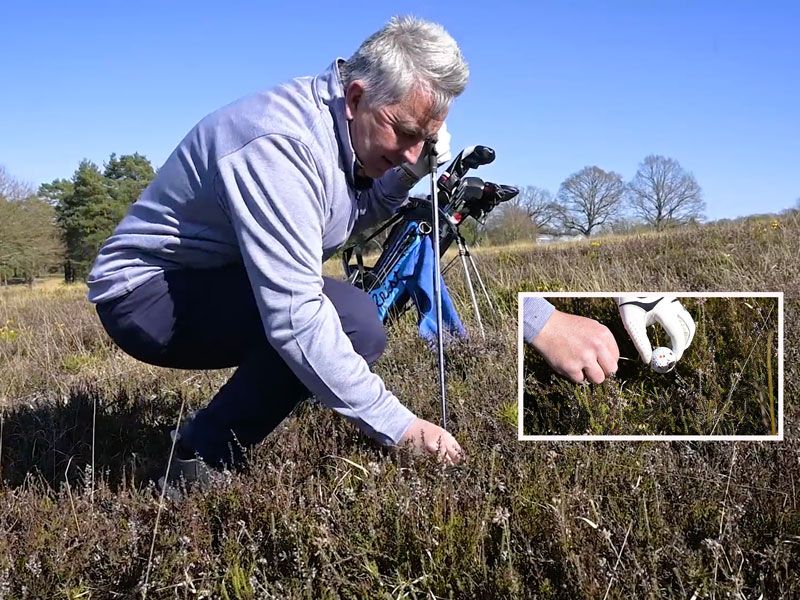Rules of Golf: identifying your ball
As a player, you are always responsible for playing the correct ball at all times, so it’s good practice to put an identification mark on your ball to make it easier to identify that it is indeed your ball (Rule 6.3a). While it isn’t actually compulsory under the Rules to do this, and there is no penalty for not doing so, being certain that the ball you are playing is yours is always a good thing and it can also be beneficial if trying to figure out relief options for a ball which is visible but perhaps not retrievable.
Marking your ball to help you identify it is not compulsory but definitely advisable
(Image credit: Kenny Smith)
Although adding an identification mark clearly makes the process of identifying a ball easier, Rule 7.2 provides more detail on how this can be done if you haven’t marked your ball. If you find a ball which is the same brand, model, number and condition as yours in an area where you expect it to be, that is sufficient unless an identical ball is in the same area and there is no way of knowing which is which.
Even if you have put an identification mark on your ball, sometimes you’re going to find it so badly buried or barely visible that it may not be possible to immediately confirm that it is yours. In such circumstances, you are allowed to lift the ball to take a closer look under Rule 7.3, but before you rush in and just pick the ball up, there are some things you need to do to avoid incurring an unnecessary penalty when identifying your ball:
Lift your ball to identify it without first marking its position and you will be penalised
(Image credit: Kenny Smith)
* You may only lift your ball to identify it when it is genuinely necessary to do so.
* Before lifting the ball, you must mark its position (using a tee or something similar).
Always mark the position of your ball with a tee-peg or similar before lifting it to identify it
(Image credit: Kenny Smith)
* If there is mud or dirt on the ball, you may only clean it to the extent required to identify it.
* Once identified, you must then return…
..
Click Here to Read the Full Original Article at Golf Monthly RSS Feed…
